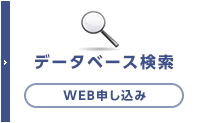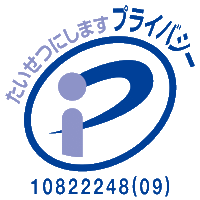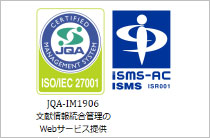ホームIMICライブラリMMWR抄訳2004年(Vol.53)商業用に製造されたフランス製陶磁器製食器による小児・・・
2004/07/09Vol. 53 / No. 26
MMWR53(26):584-586
Childhood Lead Poisoning from Commercially Manufactured French Ceramic Dinnerware - New York City, 2003
商業用に製造されたフランス製陶磁器製食器による小児期鉛中毒-ニューヨーク,2003年
陶磁器、陶器、ボーンチャイナ、磁器にかけられているうわ薬にはしばしば鉛が含まれており、鉛曝露源になる可能性がある。小児は特に鉛による神経毒性を受けやすく、神経系発達に悪影響を及ぼし知能の低下や行動変化をもたらす。この報告では、市販されているフランスからの輸入食器を曝露源とした鉛中毒の男児症例を紹介する。この患児は、2002年7月の12ヶ月時のルーチンのスクリーニングで血中鉛値(BLL)が15μg/dL(CDCの鉛中毒基準:10μg/dL以上)を示し、15ヶ月時には18μg/dLを示した。家庭環境調査を行ったが、鉛含有塗装は見当たらず、18ヶ月時にはBLLは23μg/dLとなった。2003年2月、New York City Department of Health and Mental HygieneのLead Poisoning Prevention Program(LPPP)は患児の家庭の包括的調査と患児の日常活動および自然環境の調査を行い、鉛含有塗装の危険性がないことを確認した。しかし患児が通常使用しているフランス製の陶磁器製食器を検査したところ、鉛が検出された。2003年3月、Mount Sinai Pediatric Environmental Health Specialty Unit(PEHSU)は患児の二次評価と家で使用していた食器皿の検査を行った。食品との接触による食器皿からの鉛溶出をFDAプロトコールに基づき検査したところ、FDAのガイドライン値(3μg/mL以下)以上の鉛溶出(29.6μg/dL)を認めた。この患児は全ての食事や飲物をこの食器を用いて摂取していた。患児の母親と祖母のBLLを測定したところ、両者とも5μg/dL未満であった。家族にはこの食器の使用中止を勧めた。その後、患児のBLLは23ヶ月時には8μg/dLまで減少した。小児において食器を曝露源とする鉛曝露リスクが高いのは、家庭で過ごす時間が長いことと、陶磁器製品からの鉛溶出を促進する食事習慣(オレンジジュースなど酸性のジュースの頻繁な摂取など)が関与している。
References
- CDC. Surveillance for elevated blood lead levels among children - United States, 1997-2001. In: CDC Surveillance Summaries (September 12). MMWR 2003;52(No. SS-10).
- Sheets RW. Use of home test kits for detection of lead and cadmium in ceramic dinnerware. Sci Total Environ 1998;219:13-9.
- U.S. Food and Drug Administration. Flame Atomic Absorption Spectrometric Determination of Lead and Cadmium Extracted from Ceramic Food Ware. In: Capar SG, ed. FDA Elemental Analysis Manual for Food and Food Related Products. Rockville, Maryland: U.S. Department of Health and Human Services, 2000:1-18.
- American Society for Testing and Materials. Standard Test Method for Lead and Cadmium Extracted from Glazed Ceramic Surfaces. In: Annual Book of ASTM Standards, Volume 15.02, Glass, Ceramic Whitewares, Standard Designation C738-94. West Conshohocken, Pennsylvania: American Society for Testing and Materials, 1997.
- AOAC International. Lead and Cadmium Extracted from Ceramicware: Official Methods of Analysis of AOAC International, 16th ed., 3rd Revision, Method 973.32. Gaithersburg, Maryland: AOAC International, 1997.
- Wallace DM, Kalman DA. Hazardous lead release from glazed dinnerware: a cautionary note. Sci Total Environ 1985;44:289-92.
Copyright © 2013 International Medical Information Center. All Rights Reserved.












